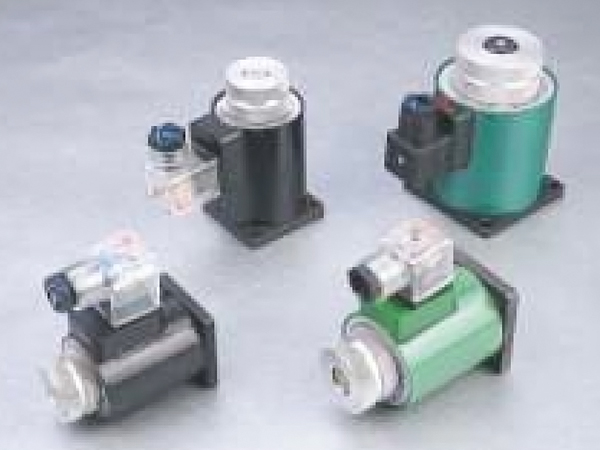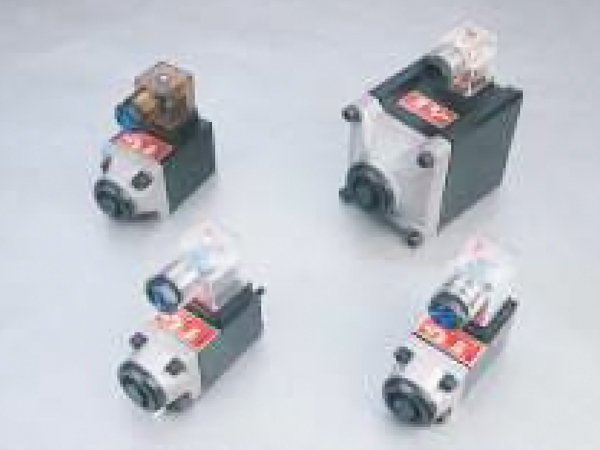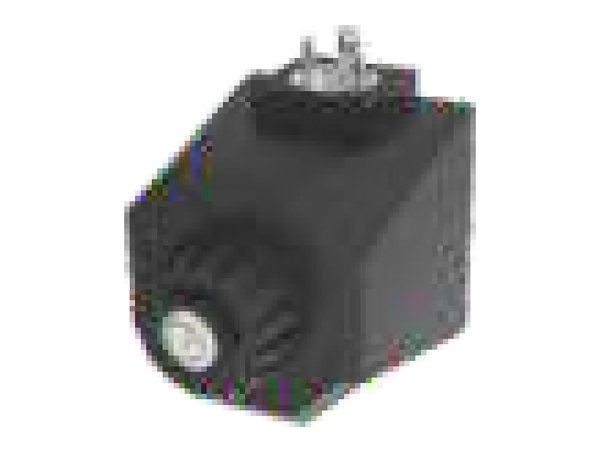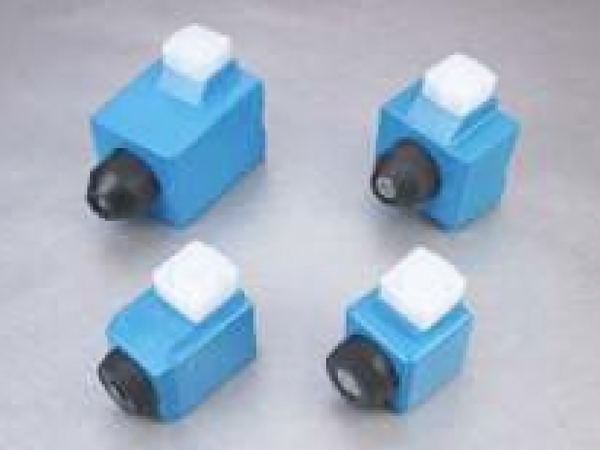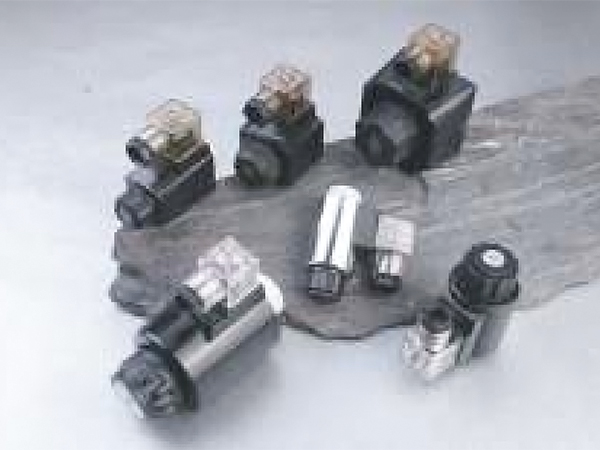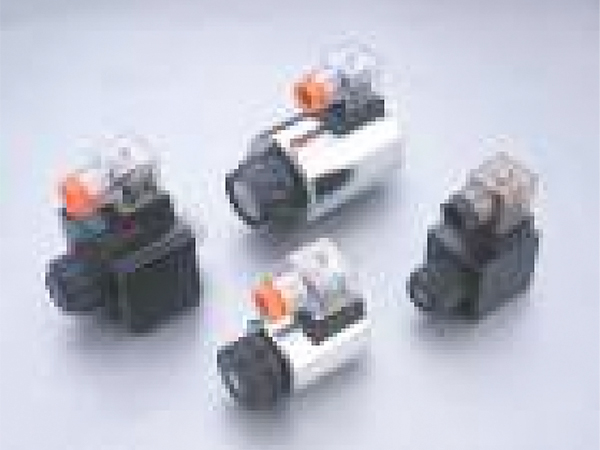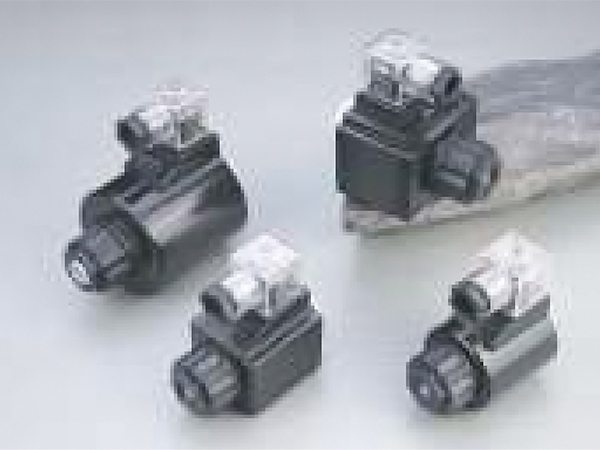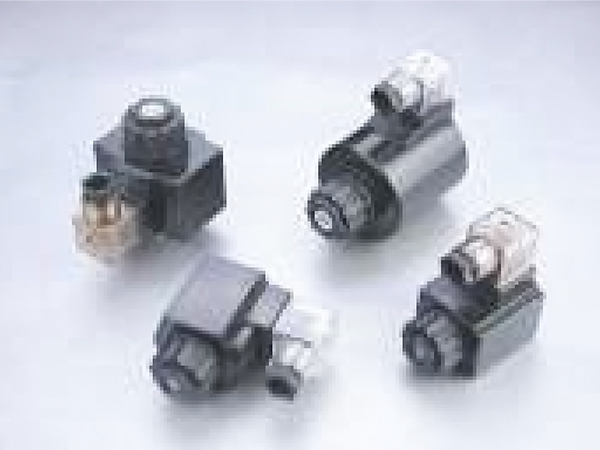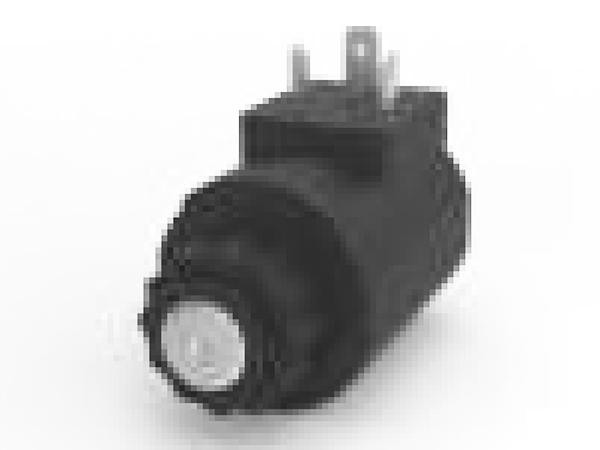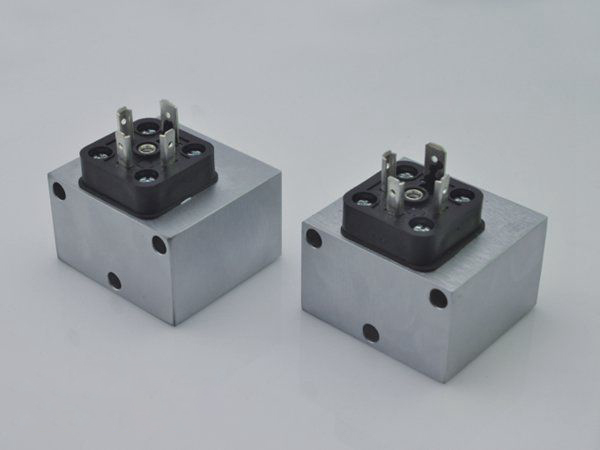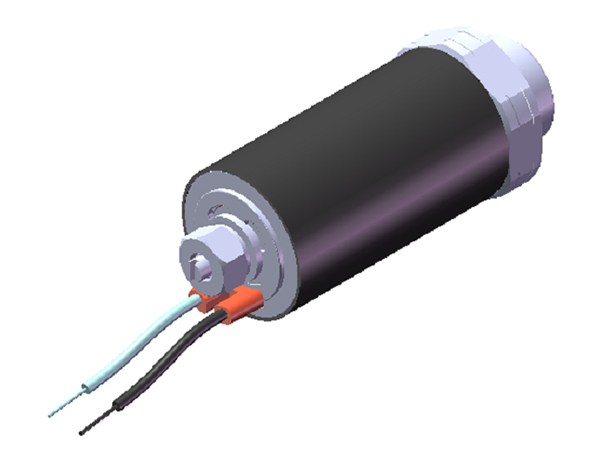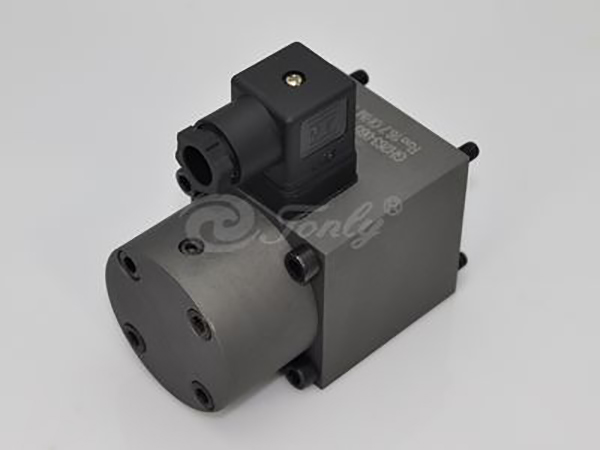How is the explosion-proof feature of explosion-proof solenoid valve achieved?
The explosion-proof feature of explosion-proof solenoid valve is achieved through a series of design and material selection to ensure safety when used in flammable and explosive environments. The following is a detailed introduction:
Explosion-proof design principle:
The design of explosion-proof solenoid valves follows specific explosion-proof standards, such as ATEX (Europe), IECEx (International) or FM (USA). These standards specify the safety requirements for equipment in potentially explosive environments.
Housing design:
The housing of the solenoid valve is usually made of sturdy materials such as stainless steel or aluminum alloy to provide sufficient mechanical strength and corrosion resistance.
The housing is designed to be sealed to prevent flammable gas or dust from entering the interior and reduce the risk of explosion.
Internal component isolation:
The isolation design between the solenoid coil and the valve body ensures that even if the coil generates heat or sparks, it will not directly contact the external environment.
Special sealing materials:
Special sealing materials such as fluororubber, polytetrafluoroethylene (PTFE), etc. are used. These materials have good chemical resistance and high temperature resistance, and can prevent the penetration of flammable gas or dust.
Explosion-proof joint surface:
The joint surface of the solenoid valve is designed to be explosion-proof to ensure that no sparks are generated due to friction during connection and disconnection.
Electrical connection protection:
The electrical connection part adopts an explosion-proof design, such as using an explosion-proof junction box, to ensure the safety of the electrical connection.
Overheat protection:
The solenoid valve may have a built-in overheat protection device, such as a thermal switch, which automatically cuts off the power supply when the coil temperature exceeds the set value to prevent overheating and danger.
Short-circuit protection:
The design may include a short-circuit protection mechanism, such as a fuse or overload relay, to prevent damage or fire caused by abnormal current.
Pressure relief device:
In some designs, the solenoid valve may be equipped with a pressure relief device, which can automatically release the pressure to prevent explosion when the internal pressure exceeds the safe value.
Environmental adaptability:
The explosion-proof solenoid valve is designed with environmental factors such as temperature, humidity and chemical corrosiveness to ensure safe operation in harsh environments.
Certification and testing:
All explosion-proof solenoid valves are strictly tested and certified before leaving the factory to ensure compliance with relevant explosion-proof standards and safety requirements.
User operation and maintenance:
When using explosion-proof solenoid valves, users need to follow the manufacturer's operation and maintenance guidelines to ensure the correct use and long-term safety of the equipment.
For more information, please call us at + 86-574-88452652 or email us at [email protected].
Product Categories
The Proportional Solenoid for Hydraulics is designed to provide fine-tuned regulation of fluid flow ...
Hydraulic presses are used in industries such as metalworking, plastic molding, and stamping. Hydrau...
The integration of an External Shock-Absorbing Solenoid Valve provides substantial improvements in s...
Coils for Cartridge Solenoid Valves used in mobile hydraulic and industrial equipment must be design...
Coils designed for higher voltages have higher internal resistance due to longer or thinner wire win...
The precise alignment of the Hydraulic Position Sensor is fundamental to its operation. For the sens...

 English
English 简体中文
简体中文